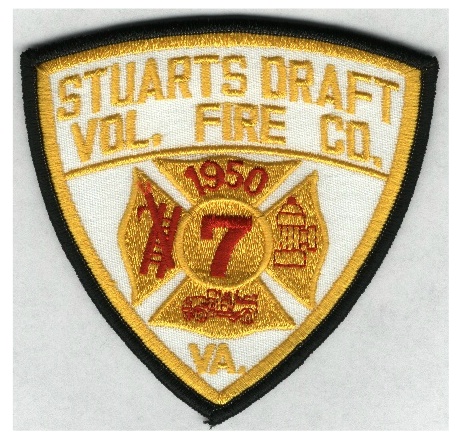
|
|
BAGPIPE TRADITION AT FIRE DEPARTMENT FUNERALS
It wasn't until the great potato famine and massive Irish immigration to the East Coast of the United States that the tradition of the pipes really took hold in fire departments. Factories and shops had signs reading "NINA"-No Irish Need Apply. The only jobs they could get were the ones no one else wanted -jobs that were dirty, dangerous or both - fire-fighters and police officers. It was not an uncommon event to have several firefighters killed at a working fire. The Irish firefighters funerals were typical of all Irish funerals-the pipes were played. It was somehow okay for a hardened firefighter to cry at the sound of pipes when his dignity would not let him weep for a fallen comrade.
Those who have been to funerals when bagpipes play know how haunting and mournful the sound of the pipes can be. Before too long, families and friends of non-Irish firefighters began asking for the piper to play for these fallen heroes. The pipes add a special air and dignity to the solemn occasion.
Associated with cities such as Boston, New York, Philadelphia and Chicago, pipe bands representing both fire and police often have more than 60 uniformed members. They are also traditionally known as Emerald Societies after Ireland-the Emerald Isle. Many bands wear traditional Scottish dress while others wear the simpler Irish uniform. All members wear the kilt and tunic, whether it is a Scottish clan tartan or Irish single color kilt.
Today, the tradition is universal and not just for the Irish or Scottish. The pipes have come to be a distinguishing feature of a fallen hero's funeral.
Special thanks to Jill Ward for allowing us to repost this information originally found at:
http://www.ci.toledo.oh.us/index.cfm?Dept=Dept6Nav&Page=Page235